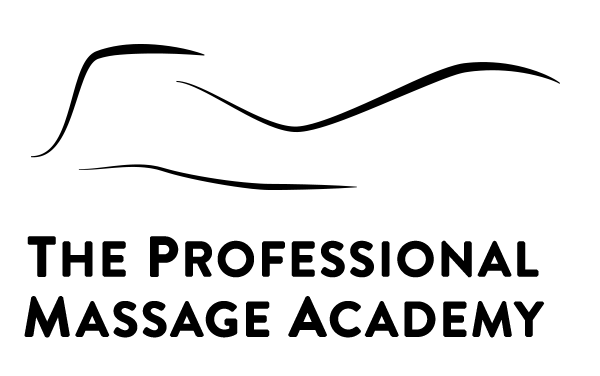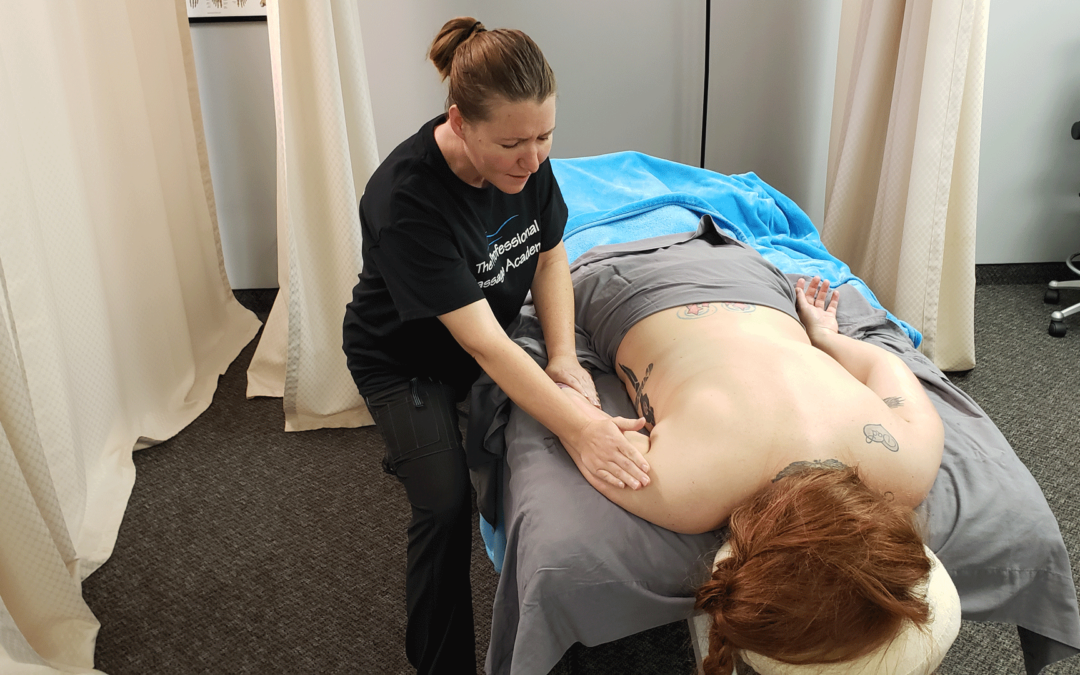There are a few key techniques of “Swedish massage,” a popular form of massage therapy that was developed in Sweden in the 18th century. Swedish massage consists of effleurage, petrissage, friction and percussion. Effleurage is a French word that means to “touch lightly on,” and is composed of long, stroking movements. On the other hand, “petrissage” is a French word that means “to knead” and this is a massage therapy technique that involves- literally- kneading the body. These massage movements are usually deep and compress the underlying muscles. You can read more in depth about effleurage and petrissage in the previous blogs.
Swedish Massage Technique: Friction
The focus of this article is the Swedish massage technique called “friction.” Friction massage is a deep and specific technique achieved by rubbing the area in a particular manner in order to create the friction effect. The actual technique may feel deeper than effleurage and sometimes may feel a bit uncomfortable to the client while being performed. However, this discomfort is short-lived and the overall benefit outweighs this sensation. This technique is often used to break up adhesions or scar tissue. Friction also helps to bring about more healthy tissue and aide healing by realigning tendon fibers.
Tendons are the connection between the muscle and bone in our bodies and tendon fibers are what make up the tendon. The tendons can get injured or disrupted and cause pain and dysfunction termed as “tendinitis” or “tendinosis.” This is common in areas near joints such as the shoulder, elbow, and knee. Thus, friction massage is very impactful for these types of conditions and helps to decrease pain and improve function.
Friction massage is also useful for areas of adhesions in the muscle or if there is scar tissue. Adhesions and scar tissue can form after surgery, after an injury, or even after repetitive stress to a certain area of the body. Friction massage provides relief to these regions as well as prevents excessive build-up of more adhesions or scar tissue.
The use of friction massage thus relates to less pain and discomfort, improved healing and circulation, improved range of motion and overall better function for the client!
Learn more about our curriculum HERE.


Recent Comments